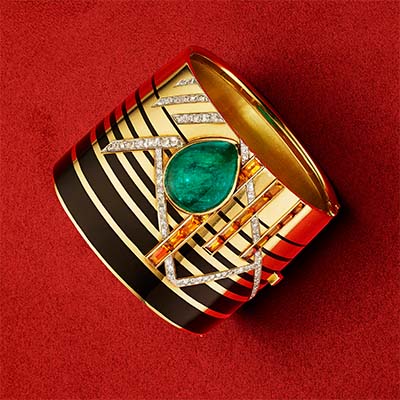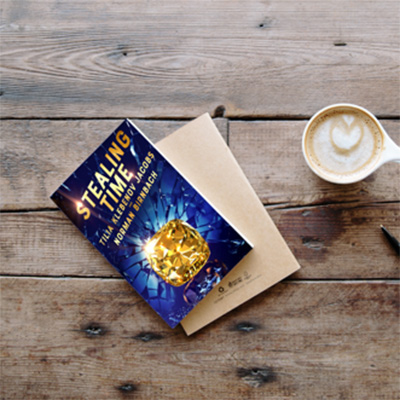
Portrait of Suzanne Belperron and cover of M. J. Rose's novel 'The Jeweler of Stolen Dreams'
Books & Exhibitions
M. J. Rose On Suzanne Belperron
For her new book, the novelist discovered fascinating facts about the designer
April 21, 2023—Suzanne Belperron is one of the most admired minds of 20th century jewelry design, but very little is known about this enigmatic woman’s life outside the studio. M.J. Rose’s latest historical novel, The Jeweler of Stolen Dreams incorporates the author’s imaginings about Belperron’s life based on more than 10 years of research and interviews with the designer’s great niece Michele Belperron.
M. J. and I discussed her book and research in a conversation for GemX. Following is a recap of some of my favorite points.
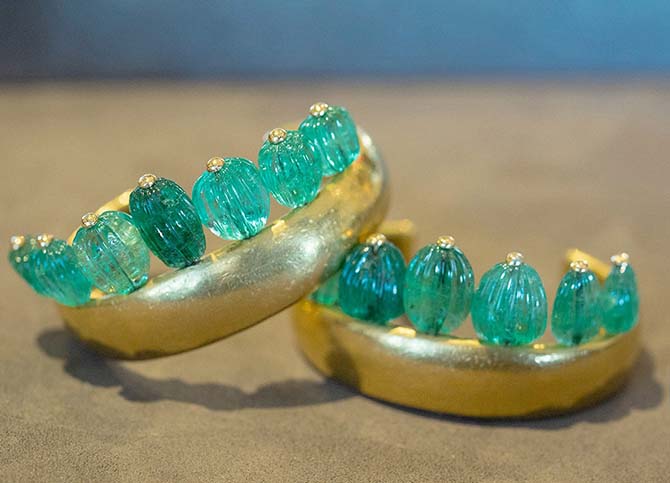
How did you get the idea for The Jeweler of Stolen Dreams?
In 2009 while on a research trip in Paris, I saw two vintage gold and diamond cuff bracelets in Lydia Courteille’s jewelry shop window. I had always been drawn to cuffs, but these caught my attention in a way that felt different—that was visceral. Almost spiritual.
Inside Lydia’s shop, I learned the bracelets’ creator was Suzanne Belperron. Lydia told me how she was an enigmatic and fiercely independent woman who was born in 1900 and died in 1983. She was far ahead of her time. A designer who challenged classical jewelry design and had been heavily involved in the resistance during World War II.
It was those cuffs and that conversation that planted the seed for an idea of a book.
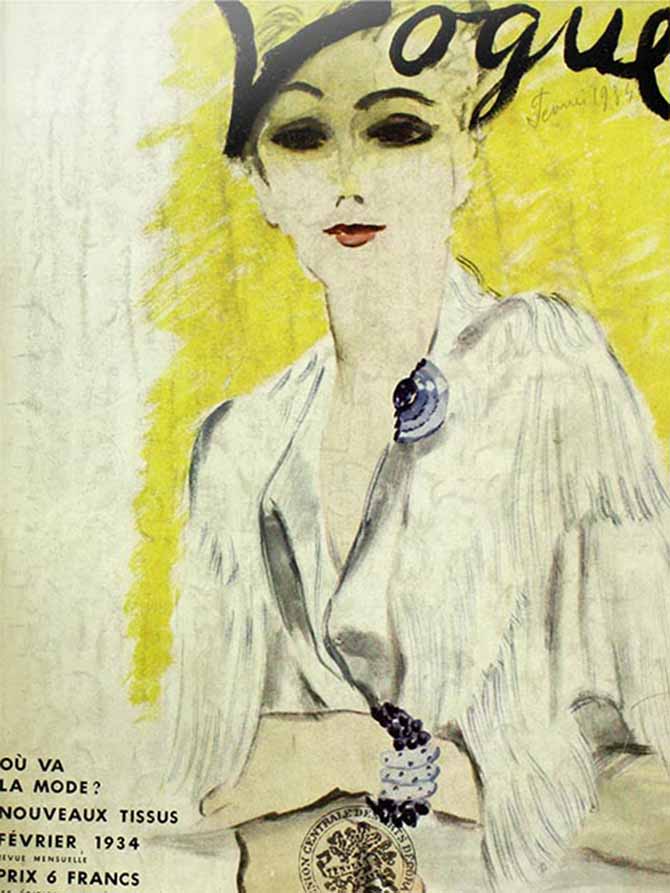
While most editorial stories and indeed the books written on Belperron cover her magnificent designs you really went further with the story of her personal life, marriage and love affair with Bernard Herz. Tell me a few of the facts you found out.
I was able to find Madame Belperron’s great niece, Michele Belperron, who shared information with me that has not been printed or discussed in any books or articles. She told me about her own visits with Madame during the holidays, what kind of great-aunt she was as well as what the Belperron marriage was like.
Madame married Jean Belperron when she was 23 and he was 25. They were from the same, small somewhat provincial town. He was an engineer and a friend of her brothers. Once married, they moved into an apartment in Montmartre in Paris and were friends with a group of artists and actors.
She loved to travel. There are many photos of her on trips in places as far away as Egypt before the war. In all the photos she’s very elegant, usually in a turban with a fabulous necklace on even while on a sailboat or camel’s back.
She also had a love affair with Bernard Herz which was more defining in her life during the war.
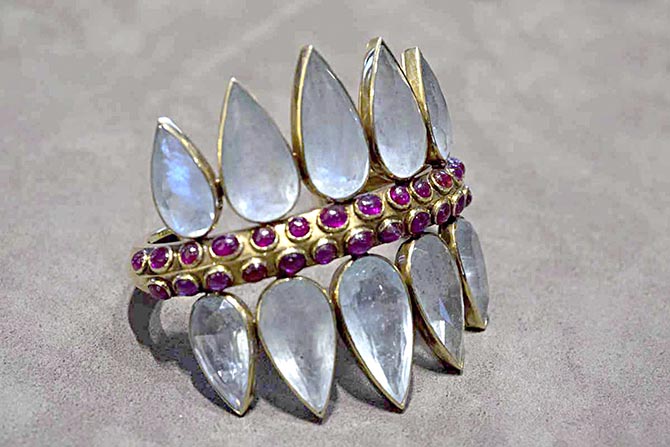
When the war broke out Belperron’s life changed dramatically from a creative existence, darling of the magazine editorials with celebrity clients to a Resistance Fighter. Tell me about a couple of the stories of the work she did during the war.
Michele Belperron shared some of the ways Belperron helped Jews during the war including hiding them in her in-laws apartment. At least twice, Belperron asked her in-laws to hide her lover, Bernard Herz, and they complied.
The story that is so astounding and hard to even imagine, is what happened on November 2, 1942. Madame Belperron was working in B. Herz atelier when two Nazi’s arrived and arrested her. Telling her to come with them, they demanded she bring her record books. She realized what they were after—information about jewelry sales to Jewish clients.
On the 20-minute drive from Chez B. Herz on 59, rue de Châteaudun to Nazi headquarters on 84 Avenue Foch, Madame Belperron ripped pages out of her record book and ate them. She literally swallowed the evidence to protect her Jewish clients.
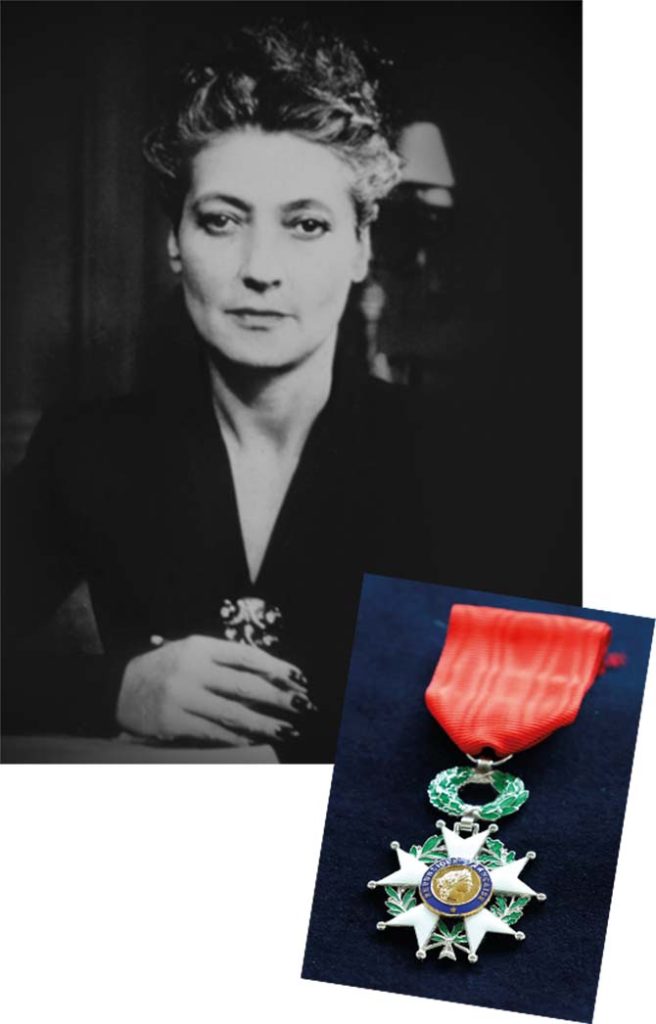
Tell me about the letters B. Herz wrote Belperron during the war and what ultimately happened to him.
For the first part of his incarceration, Bernard Herz was in Drancy, an internment camp in a suburb of Paris. Prisoners could exchange letters with those on the outside as well as receive food, laundry and sundries. Three or four times a week Madame Belperron arrived with supplies and letters.
Many of his to her survive and are gutting to read. In the letter that makes it clear he knows he is soon to be sent to a concentration camp. He thanks Suzanne for all she’s done for him.
He writes that if he had it to do all over again, he still would have risked staying in Paris to be with her. That their relationship was worth all that and more. I can’t read it without weeping and I don’t think many can.
Shortly after he wrote that letter he was moved to Auschwitz and murdered. Madame did not find out about his death till after the war in 1945.
Your novel circles around the idea of the power objects could have to take us back in time. Do you believe Belperron’s jewelry had a certain design power in foreshadowing the courage she displayed during the war?
Absolutely. She was brave in her designs. She was devoted to a courageous kind of iconoclastic beauty. She never faltered in pursuing her dreams—not in the jewelry she created, the men she loved or in the risks she took during the war to protect what mattered to her.
She often said that if you stayed in Paris during the war, you were either in the resistance or you were a collaborator. She was in the resistance during the war and during her life, resisting following trends or styles, but creating them. When you look at her jewelry after learning about her, you can see her soul in the swirls and lines and shine.
Related Stories:
What Inspires David Michael’s Jewelry Designs?
At Auction: Marlene Dietrich’s Van Cleef & Arpels Jewel
Get a gem in your mailbox SIGN UP FOR THE ADVENTURINE NEWSLETTER


